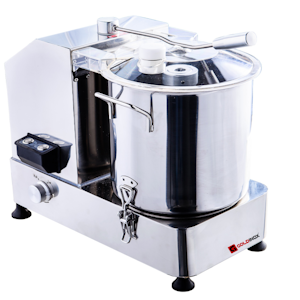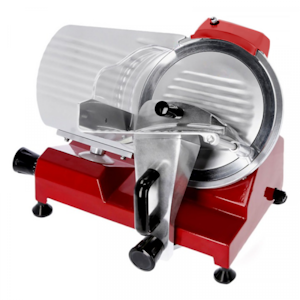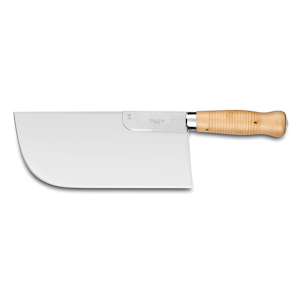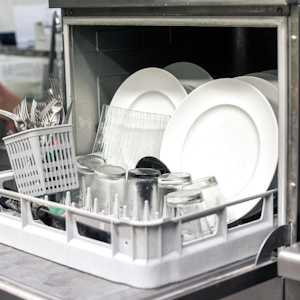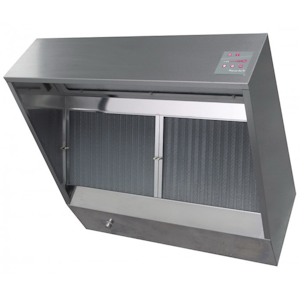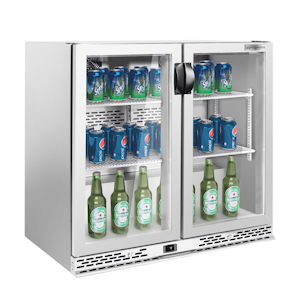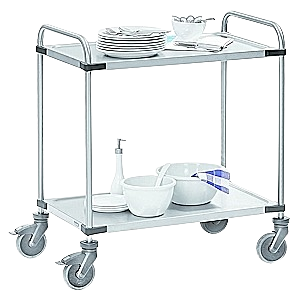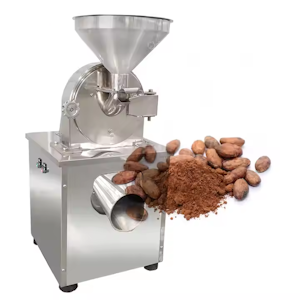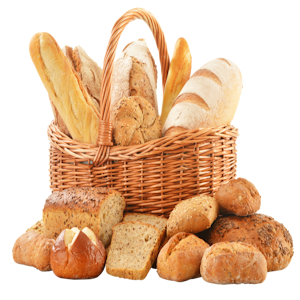Here is a detailed table of recommended cooking temperatures for various oils used in frying, along with their main drawbacks. This information will help you choose the oil best suited to your culinary needs.
Cooking temperatures and drawbacks of frying oils
| Oil | Smoke Point (°C) | Recommended Cooking Temperature (°C) | Main Drawbacks |
|---|---|---|---|
| Refined Peanut | 230–240 | 170–190 | High in saturated fats and omega-6, which may increase cardiovascular risks if consumed excessively. |
| Refined Sunflower | 227 | 160–180 | Contains excess omega-6, which may have pro-inflammatory effects. |
| Refined Rapeseed (Canola) | 204–240 | 160–180 | Less stable at high temperatures, which can lead to harmful compound formation. |
| Palm | 240–260 | 170–190 | Very high in saturated fats, which may increase cardiovascular risks. |
| Refined Soybean | 232 | 160–180 | Contains polyunsaturated fats sensitive to heat, which can degrade and form harmful compounds. |
| Refined Corn | 232 | 160–180 | Contains polyunsaturated fats sensitive to heat, which can degrade and form harmful compounds. |
| Refined Olive | 240–242 | 160–180 | Less suitable for frying due to distinct taste and higher cost. |
| Refined Coconut | 232 | 160–180 | High in saturated fats, which may increase cardiovascular risks. |
| Semi-refined Sesame | 210–230 | 160–180 | Less stable at high temperatures, which can lead to harmful compound formation. |
| Avocado | 260–271 | 160–180 | Expensive and less common, limiting its use. |
| Grape Seed | 245 | 160–180 | Sensitive to thermal degradation. Rich in omega-6. |
| Macadamia | 210–220 | 160–180 | Expensive and sensitive to thermal degradation. |
| Walnut | 160–170 | 140–160 | Sensitive to thermal degradation. Rich in polyunsaturated fats. |
| Linseed (Flaxseed) | 107 | Not recommended | Very low smoke point. Sensitive to thermal degradation. |
| Clarified Butter (Ghee) | 252 | 170–190 | High in saturated fats. Less commonly used. |
| Butter | 120–150 | Not recommended | Very low smoke point. Sensitive to thermal degradation. |
| Lard | 188 | 160–180 | High in saturated fats. Less commonly used. |
Tips for optimal frying
-
Ideal temperature: Keep the fryer between 160 °C and 180 °C to avoid oil degradation and the formation of harmful compounds.
-
“Special frying” oils: Prefer oils specifically designed for frying, such as peanut or palm oil, which better withstand heat.
-
Regular filtration: Filter the oil after each use to remove food residues and extend its lifespan.
-
Proper storage: Store used oil in an airtight container, away from light and air, and do not leave it in the fryer for more than two weeks.
-
Moderate use: Limit consumption of fried foods to reduce intake of saturated fats and potentially harmful compounds.


